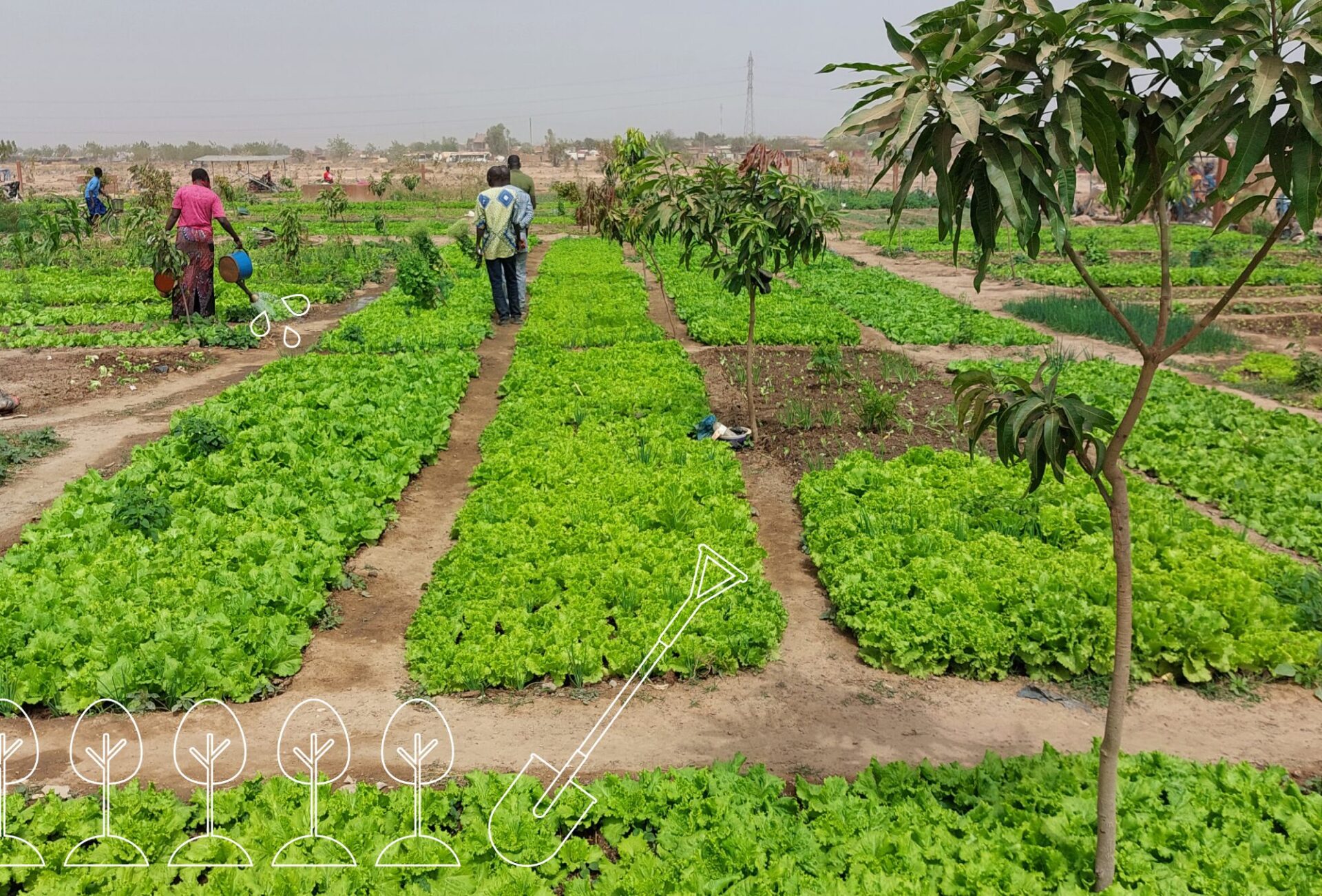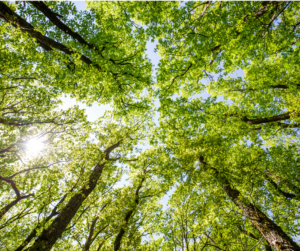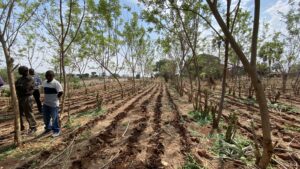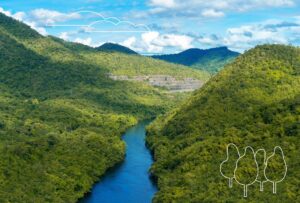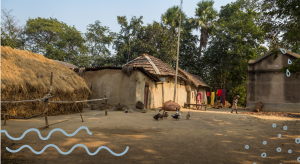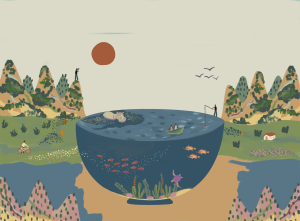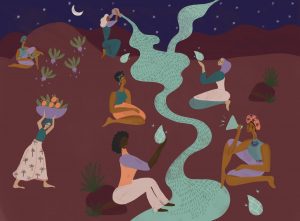Taking root: locally driven forest landscape restoration
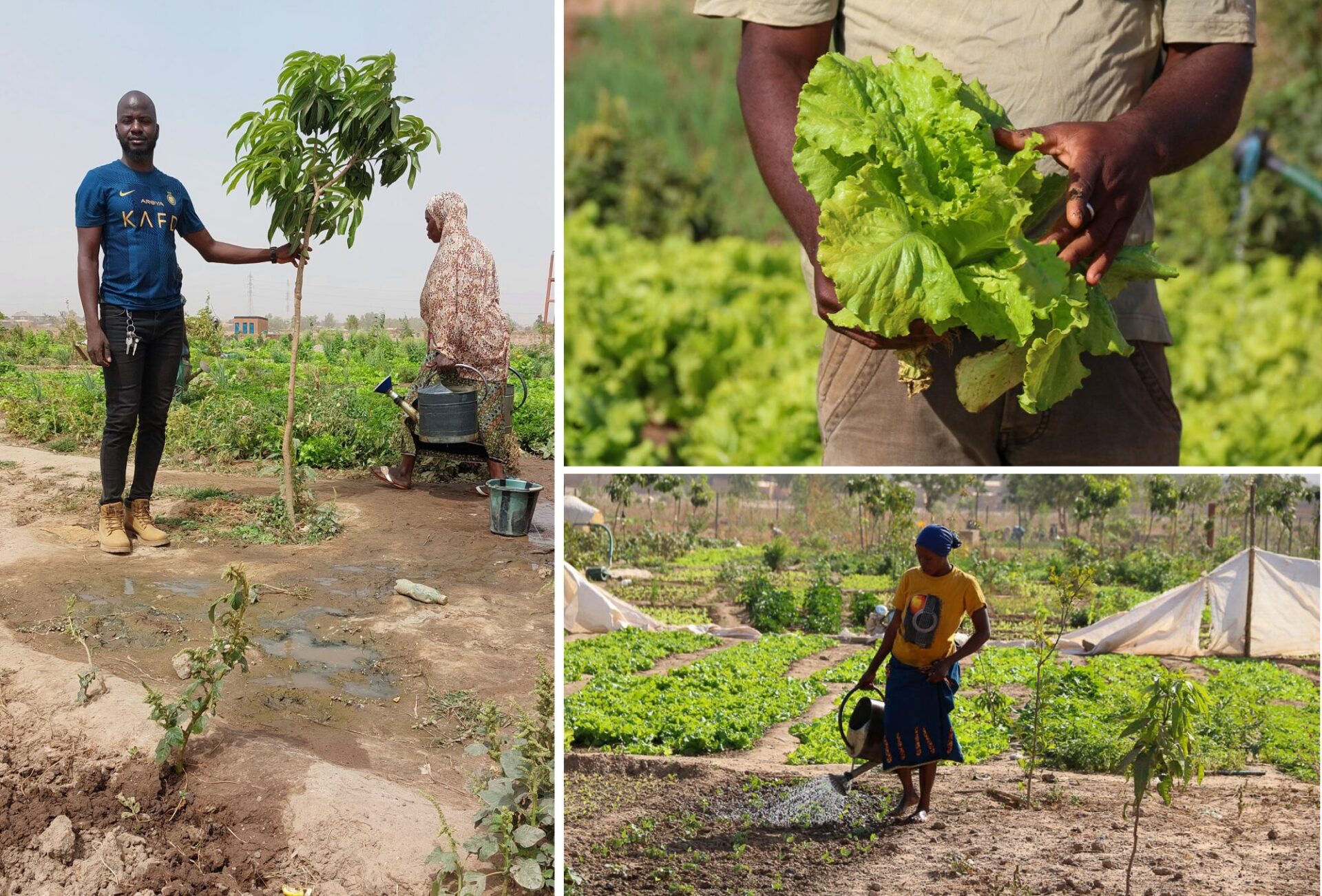
In Burkina Faso, the programme is active in the Ouagadougou Green Belt. The now degraded grassland area was originally kept to provide a green recreational area in the city for the citizens. Participants in the programme from the Ministry of the Environment work to restore the area for biodiversity, improve livelihoods for local communities, and for climate change adaptation and mitigation. The Ministry works with local communities to establish market gardening, plantation of 400 local tree and plant species, as well as solar powered water sources. More than 50 persons are operating the site (80% of which are women) in the pilot phase. The long-term objective is for these activities to scale up, and step by step regreen the Green belt of Ouagadougou.
Nepal
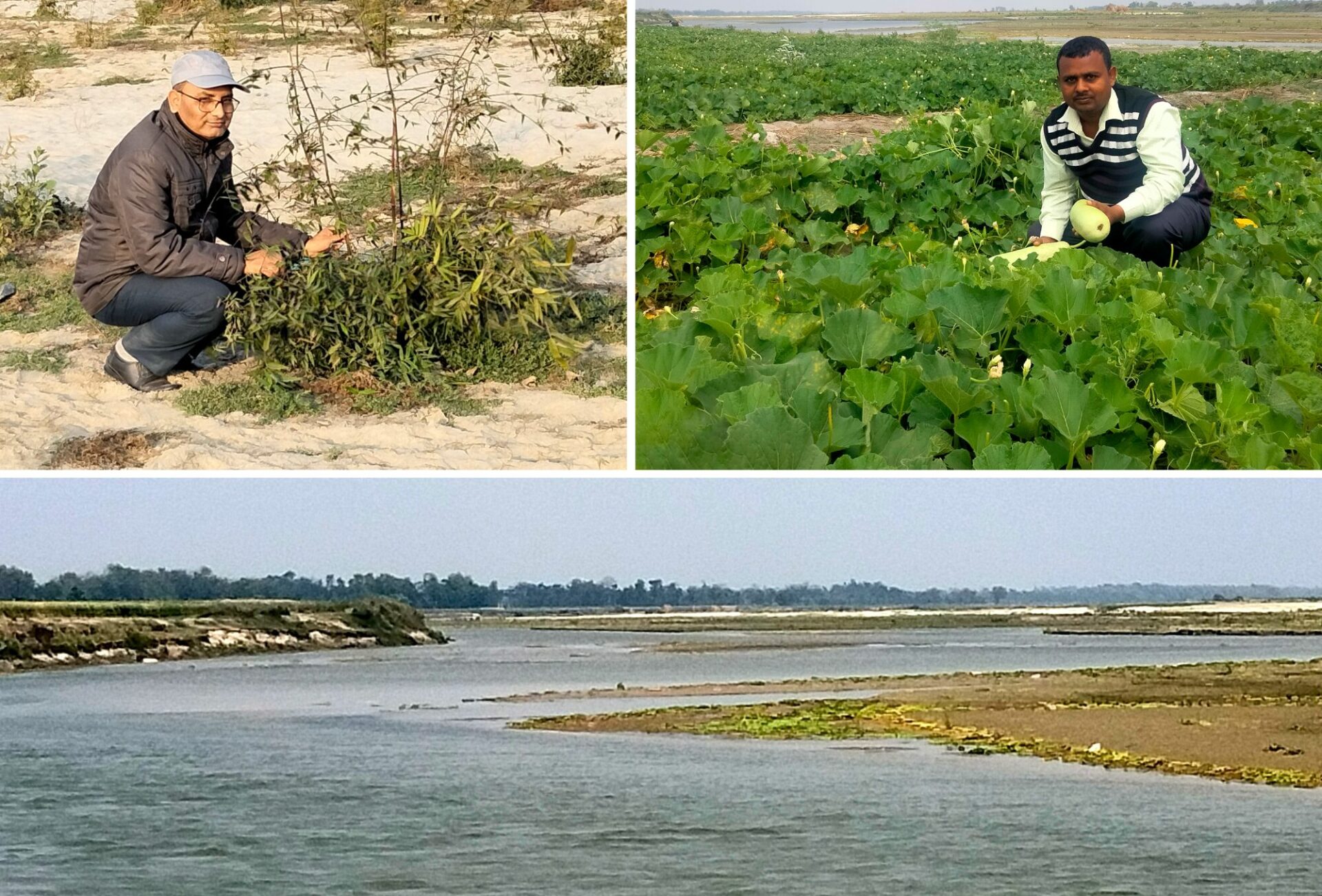
The training program attracts many participants in Nepal, from the government, non-government organizations (NGOs) and the private sector. Helvetas, one of these organizations, supported the change programme through the development of a restoration project which encompasses 4 rural and urban municipalities. The programme incorporates more than 40 thousand local plants, which were planted with the aim of controlling erosion and supporting the community through economic development.
Restoring water-smart forests
In order to best mitigate and adapt to climate change, forests and landscapes need water-smart and locally inclusive tools and approaches to restoration. By including local knowledge and practices that incorporate water, restoration initiatives have a much higher chance of taking root and lasting.
